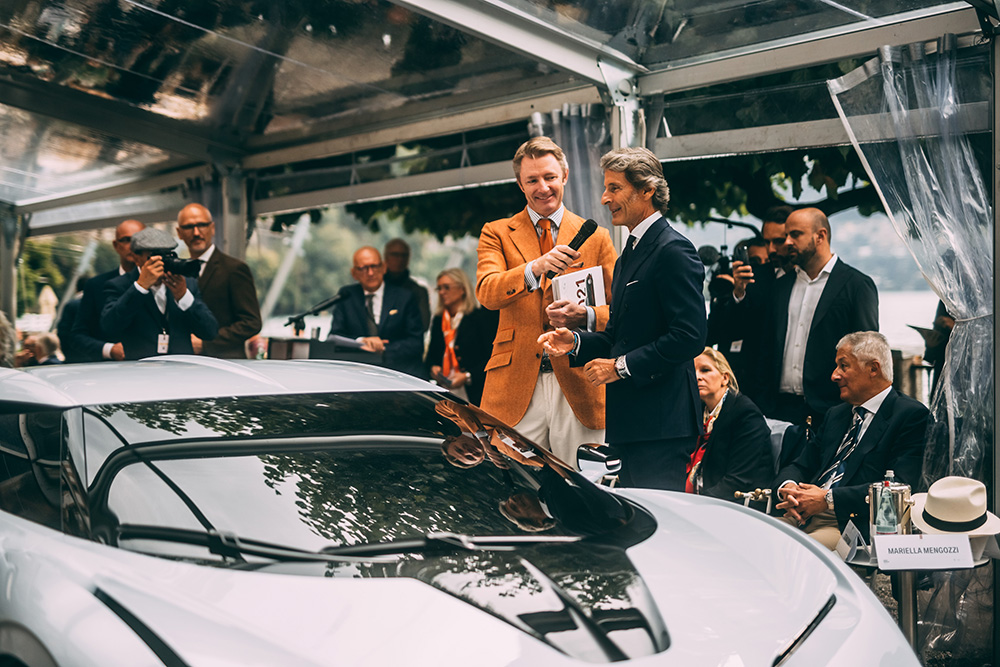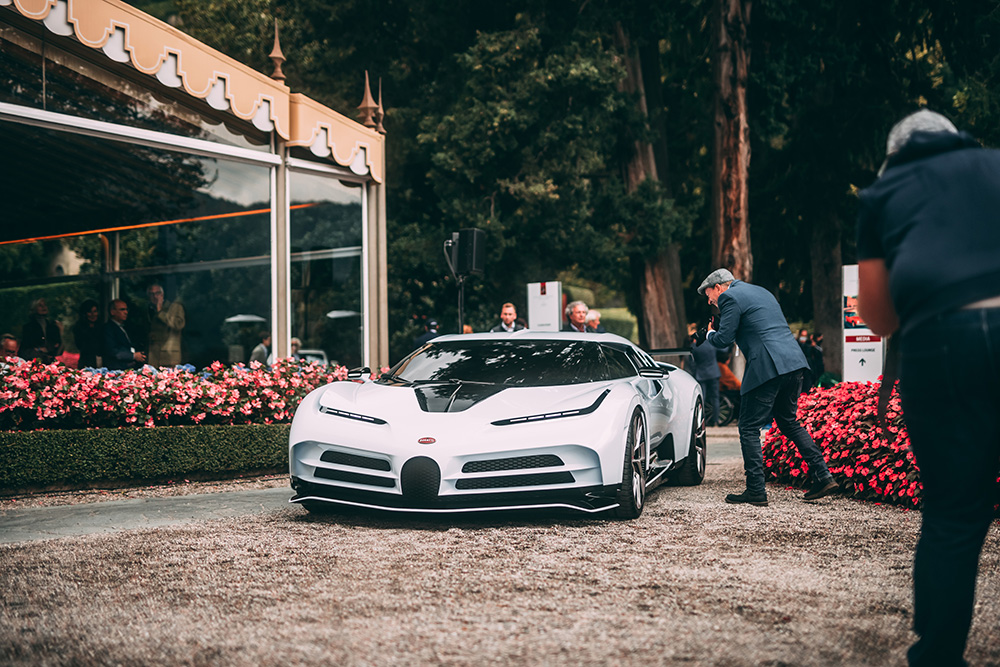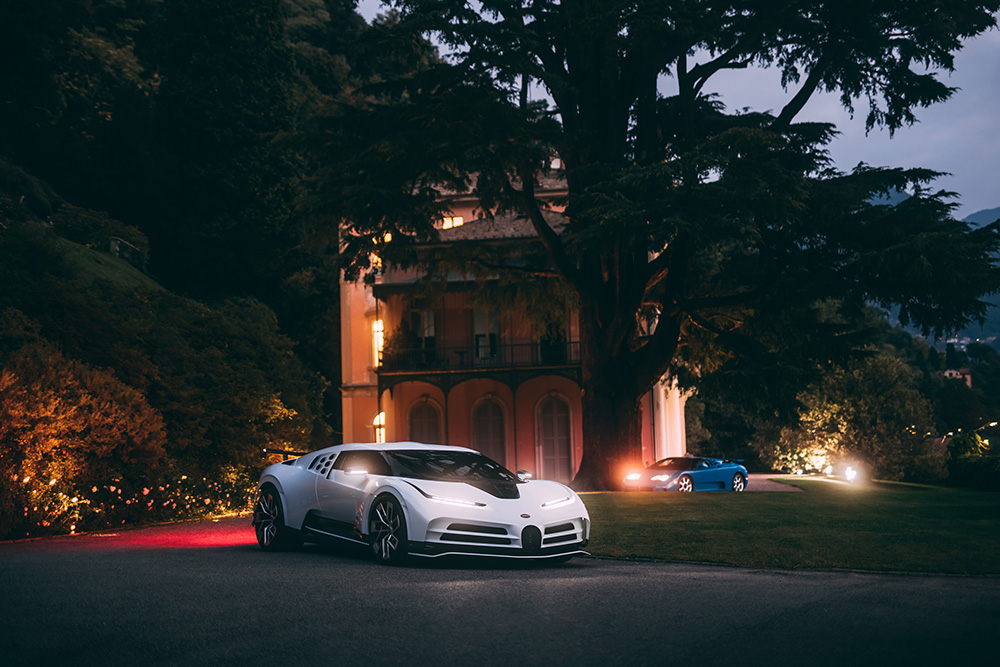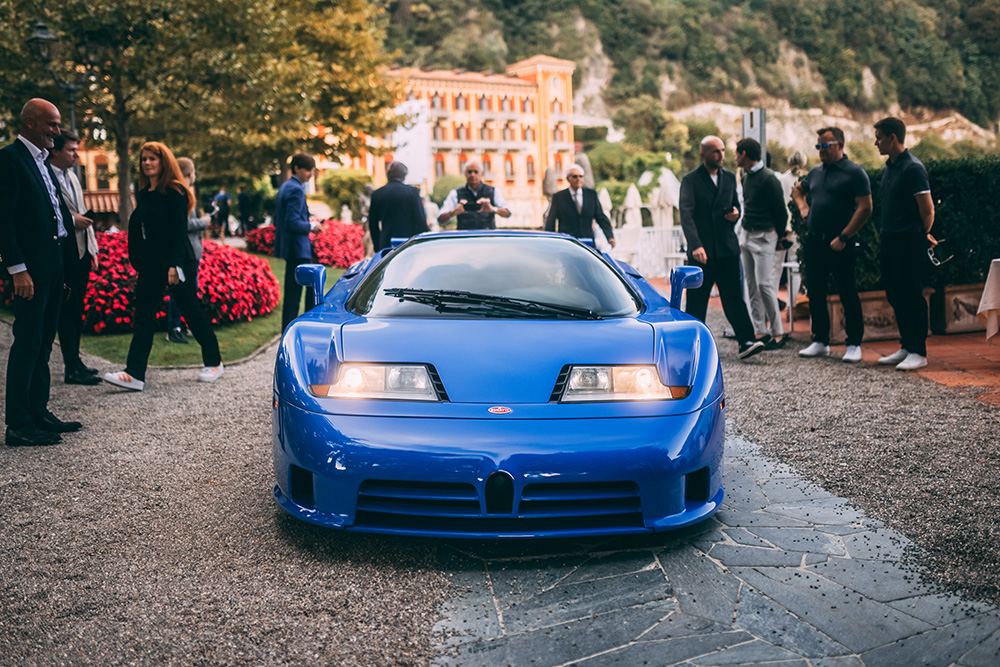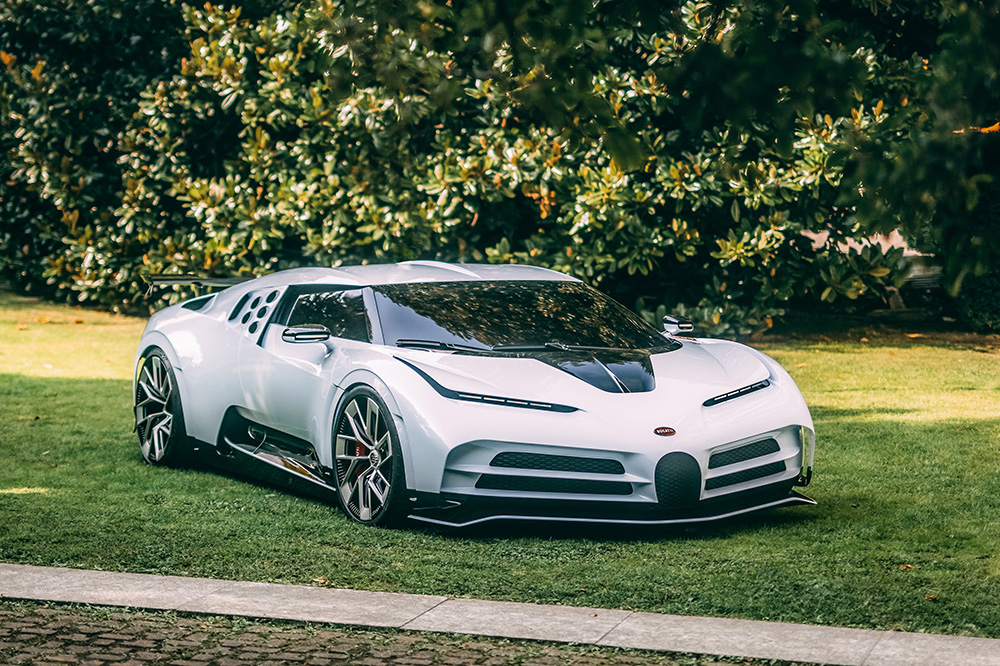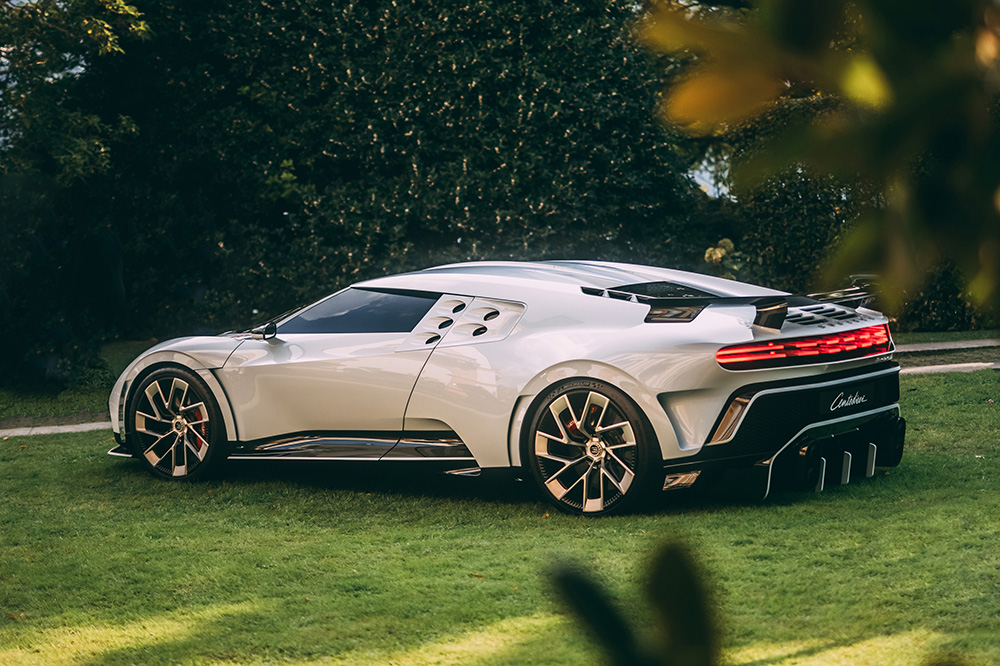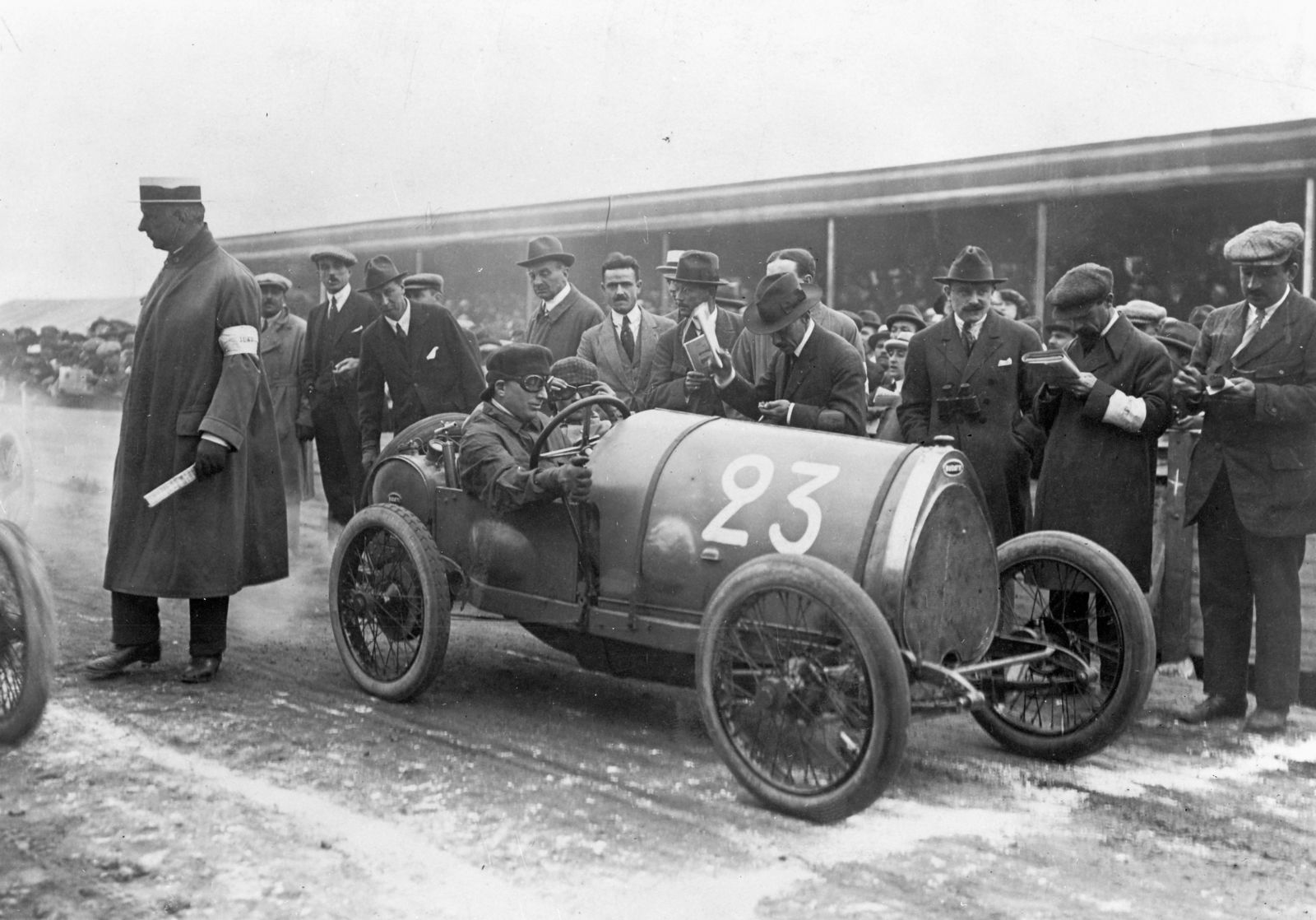BUGATTI W16 MISTRAL DESLUMBRA EN SINGAPUR
Ubicada en el estrecho entre el Océano Índico y el Mar de China Meridional, la isla de Singapur, junto con sus 64 ensenadas más pequeñas, es un centro espiritual donde el este se encuentra con el oeste, la naturaleza se encuentra con la tecnología y donde el pasado se entrelaza con el mañana.
En una ciudad de edificios imponentes, obras maestras arquitectónicas y patrimonio atemporal, el W16 Mistral1 se integra a la perfección. En este sentido, y al igual que Singapur celebra su herencia dentro de un entorno implacablemente modernizado, el equipo de diseño de Bugatti se inspiró en la elegancia atemporal del Type 57 Roadster Grand Raid de 1934 en su diseño del W16 Mistral.
Conocida como la ‘Ciudad Jardín’, Singapur personifica el espíritu de latitud, formando una unión irresistible con la libertad total y el sentido de la aventura que proviene de estar al volante del último roadster de Bugatti. Mientras estuvo en la isla, el W16 Mistral se detuvo en lugares icónicos y sitios venerados, conectando acertadamente el hiperdeportivo con su preciado entorno. El icónico Gardens by the Bay, la enorme obra maestra de excelencia hortícola de renombre mundial en Marina Bay Waterfront se ha convertido en una parte esencial de la experiencia de Singapur, con el parque natural de biodiversidad de 250 acres.

El bullicioso Distrito Central de Negocios, un centro financiero de Asia, consta de imponentes rascacielos que se sientan armoniosamente uno al lado del otro con el tranquilo entorno natural de Singapur. Lo viejo se encuentra con las noticias, el este se fusiona con el oeste; el Templo de la Reliquia del Diente de Buda y la Sala de Conciertos Victoria contrastan maravillosamente parte de la diversidad que hace de Singapur una isla especial y única. El W16 Mistral, tan diverso en carácter y capacidad, encaja a la perfección aquí.
Kostas Psarris, Director Regional, Oriente Medio y Asia de Bugatti, dijo: “El mundo ha mirado con admiración cómo Singapur ha desarrollado una economía tan fuerte y se ha convertido en un lugar verdaderamente envidiable para vivir, y no sorprende que ahora sea el hogar de tantos individuos de patrimonio neto ultra alto. Sabemos por nuestra sala de exhibición recientemente inaugurada que hay un gran interés en Bugatti en el sudeste asiático, por lo que es un verdadero privilegio poder traer el W16 Mistral aquí. Al igual que con el propio Singapur, este increíble automóvil demuestra que no hay límite para lo que se puede lograr cuando existe un deseo insaciable de triunfar”.
La última parada del W16 Mistral en la ciudad fue para un evento privado para clientes en el Bugatti Singapore Showroom . Inaugurada en 2021 como parte de una asociación con Wearnes, un minorista líder en automóviles de lujo establecido en 1906, la hermosa sala de exposición inmersiva fue el lugar de exhibición ideal para el W16 Mistral, con muchos invitados asombrados por el diseño elegante y atemporal del roadster.

Los 99 ejemplares del W16 Mistral se vendieron antes de que se revelara formalmente, y las personalizaciones comienzan este año, con entregas previstas para 2024.
El Bugatti W16 Mistral captura el corazón y el alma de Singapur, una ciudad estado futurista e influyente inmersa en una cultura llena de tradición y valores.
CONSUMO DE COMBUSTIBLE Y EMISIONES
- 1 W16 MISTRAL: ESTE MODELO NO ESTÁ SUJETO A LA DIRECTIVA 1999/94/CE, YA QUE AÚN NO SE HA OTORGADO LA HOMOLOGACIÓN.














